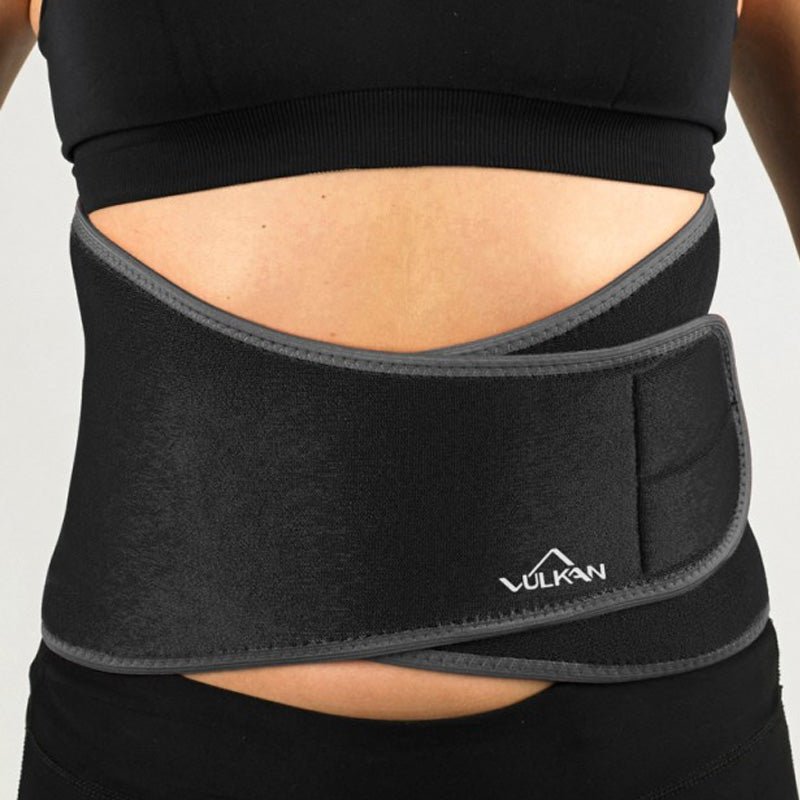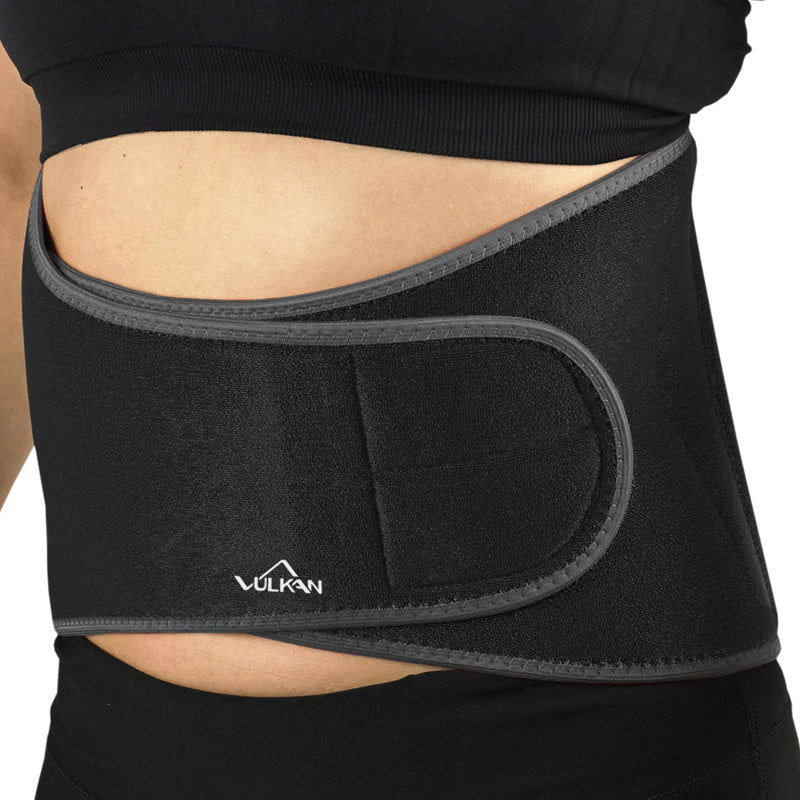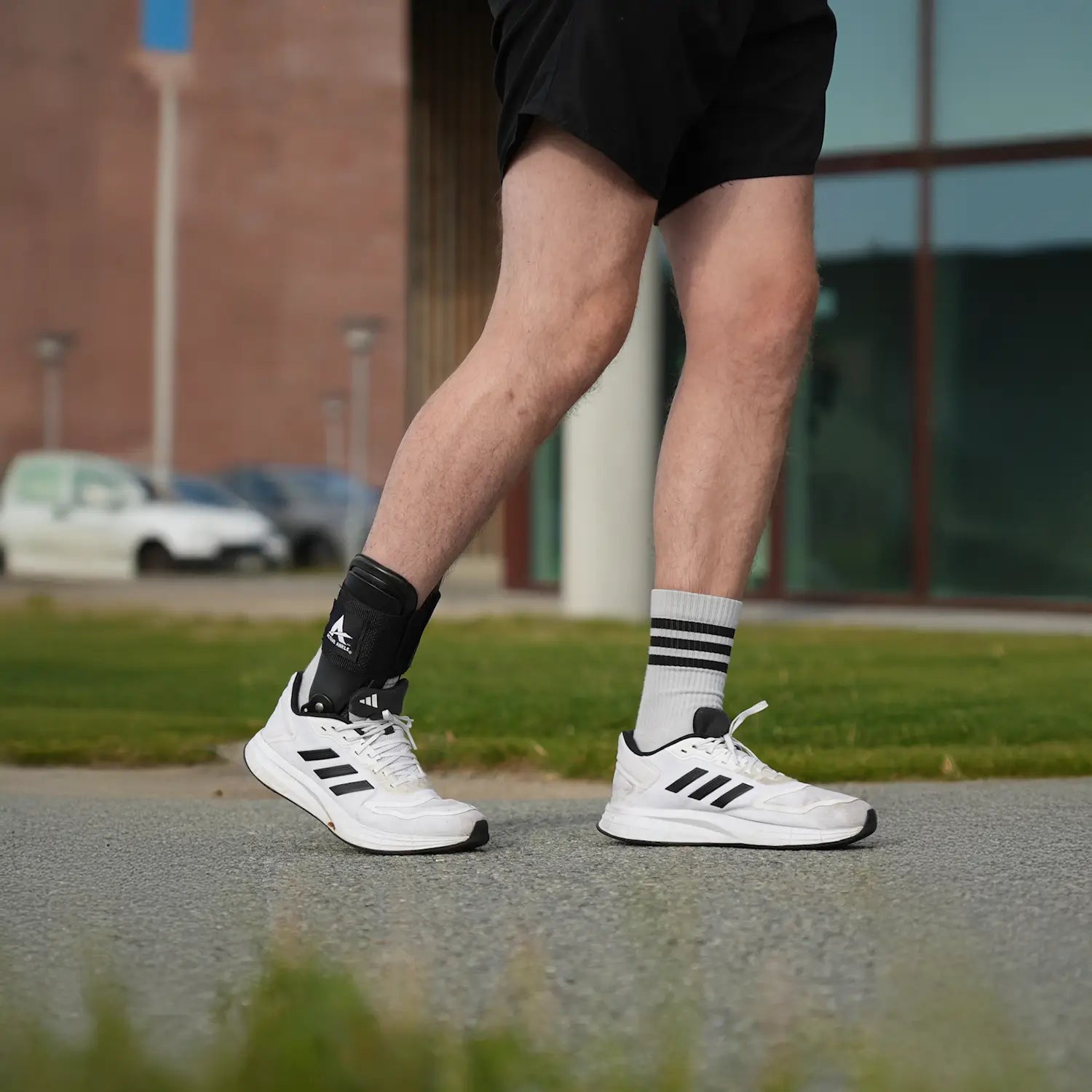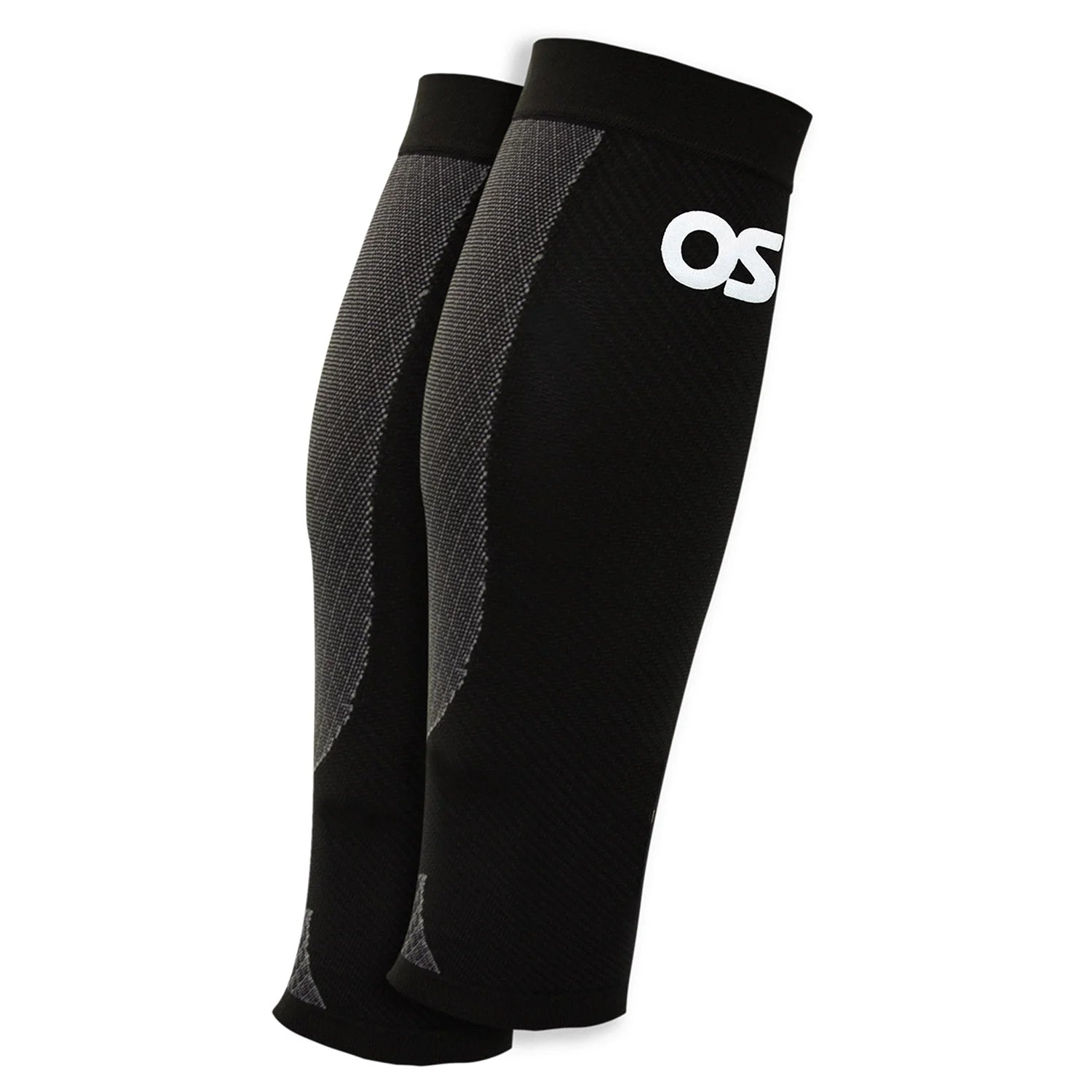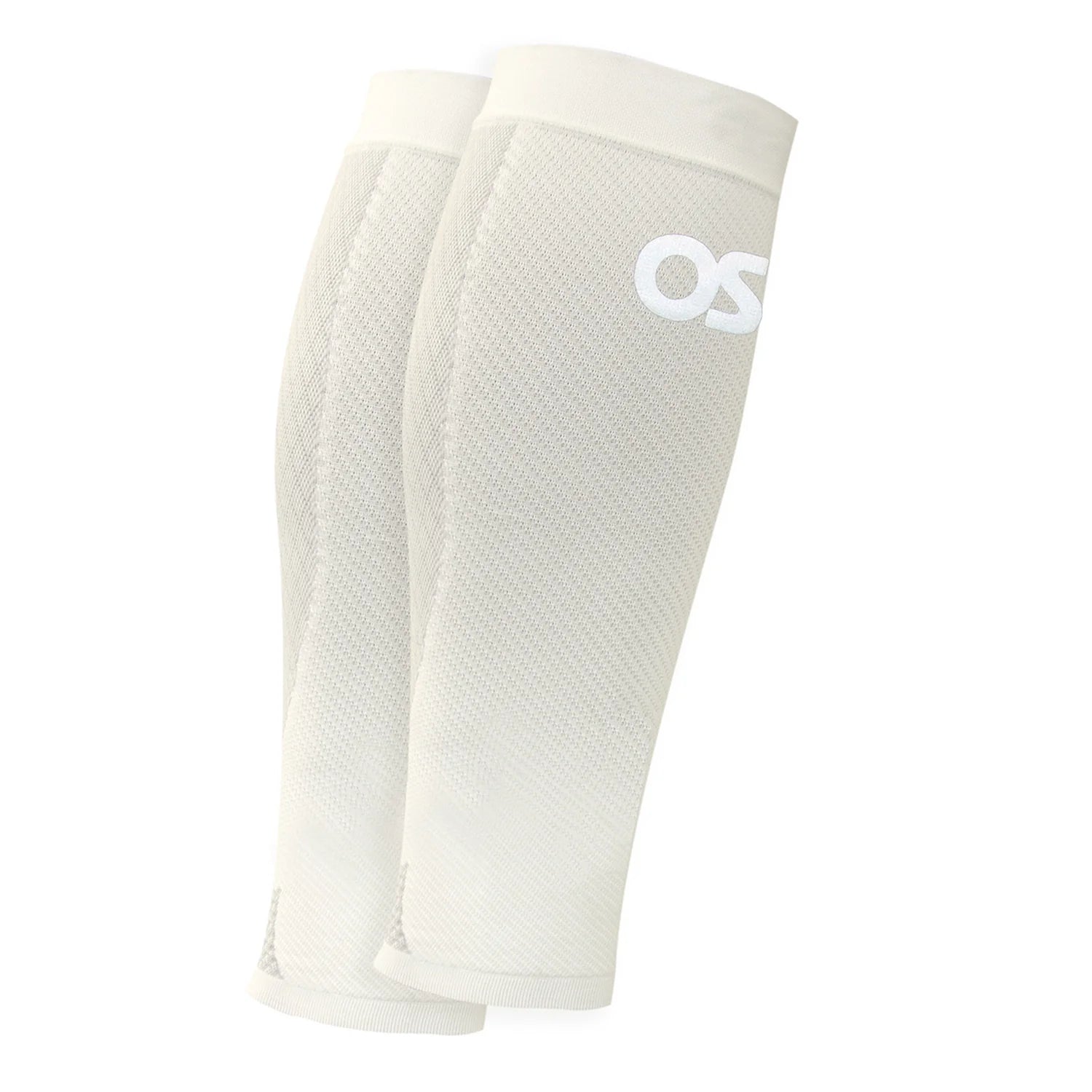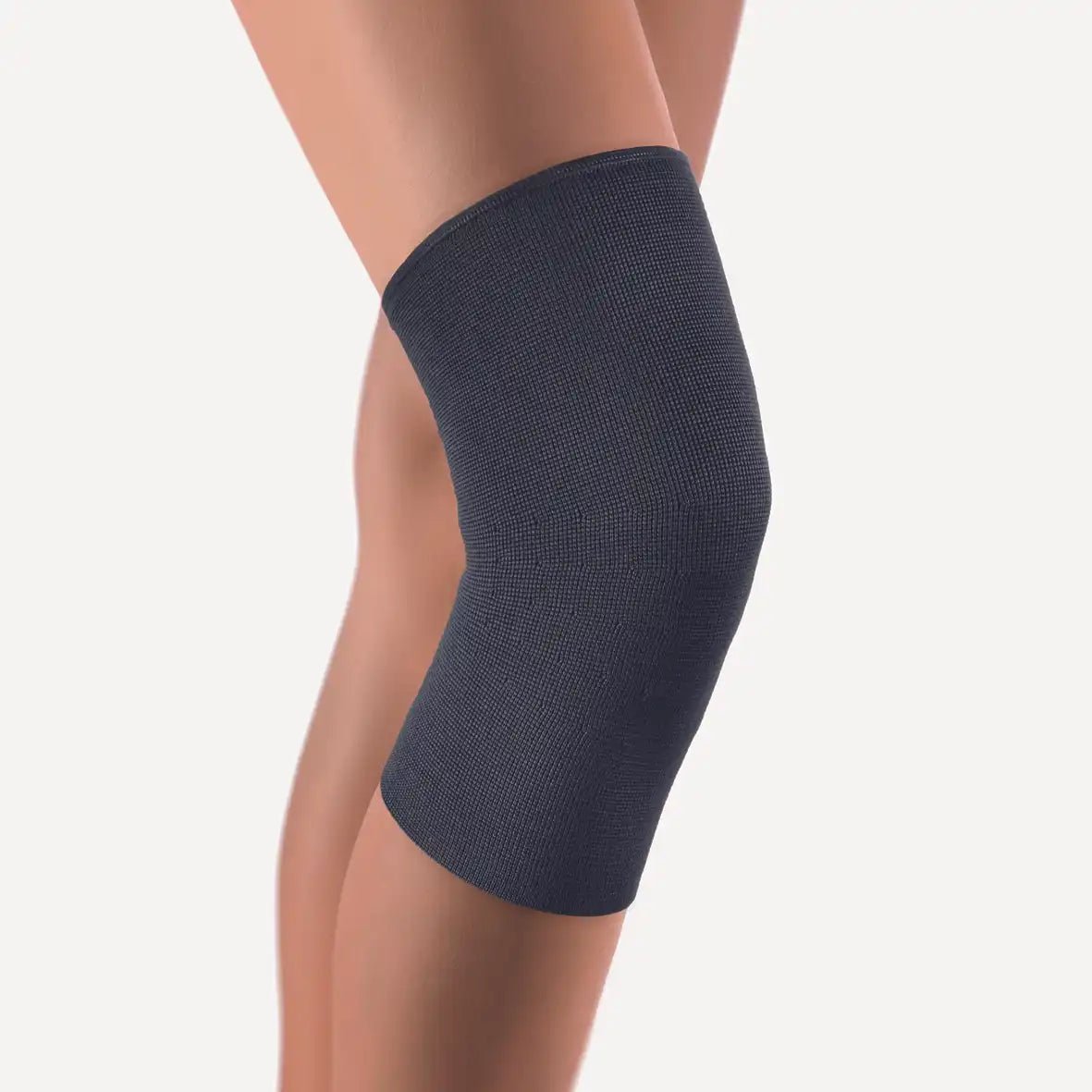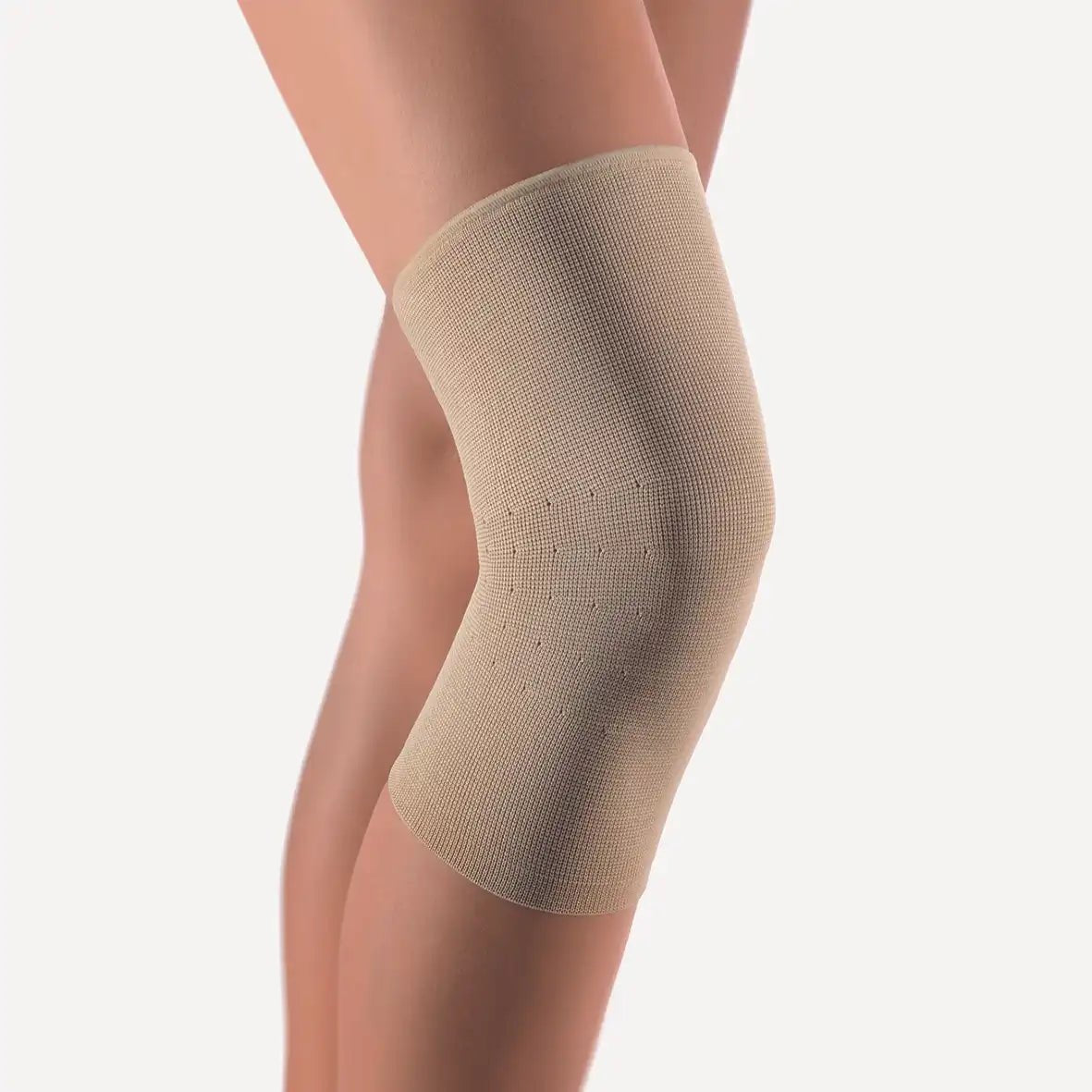
Morton's Neuroma
Table of contents

Morton's Neuroma – What is it and how is it treated?
Causes of Morton's neuroma
The exact cause of Morton's neuroma is not fully understood, but several factors may contribute to its development:
- Sunken forefoot arch: Reduced space between the metatarsal bones can increase pressure on the nerves.
- Tight or high-heeled shoes: These can compress the nerves of the foot and worsen symptoms.
- Overexertion: Activities such as running or sports with a lot of jumping can irritate the nerves.
- Foot deformities: Conditions such as flat feet or hammertoes can increase the risk.
Symptom
Symptoms include pain between the third and fourth toes, often described as a stabbing or burning pain. Many people also experience the pain as an electric shock, especially with exertion. The pain can also occur at rest, especially if the nerve is inflamed. In more advanced cases, there may also be swelling and discomfort when wearing shoes that put pressure on the forefoot.
Treatment of Morton's neuroma
Treatment aims to reduce pressure on the affected nerve and relieve symptoms:
- Shoe change: Wear shoes with a wide toe box and low heels to reduce pressure on the forefoot.
- Orthopedic inserts: Specially designed inserts can provide support and relief.
- Painkillers: Nonsteroidal anti-inflammatory drugs (NSAIDs) can reduce pain and inflammation.
- Cortisone injections: Can be used to reduce inflammation in the area.
- Surgery: If conservative treatments do not help, surgical removal of the thickened nerve tissue may be considered.
Effective treatment begins with relieving the pressure on the forefoot. A plantar fascia can help lift the forefoot arch and reduce pressure on the nerve. Plantar fascia works by supporting the arch and preventing the head of the foot from compressing the nerve. These inserts can be attached directly to the shoe or used as part of a 3/4 insole. It is important to use plantar fascia in all of your shoes, even sandals or narrower shoes, to ensure that the nerve is not subjected to additional pressure.
Shoe choice also plays a crucial role in treatment. Tight shoes compress the forefoot, which worsens the pain and prevents the lifting effect of the pad. Choose shoes with wider toe boxes and avoid heels, as these shift the load to the forefoot and increase pressure on the nerve.
In more severe cases, orthopedic insoles and custom-made shoes may be necessary to provide long-term relief and relief. The combination of functional shoes with built-in support, such as a forefoot roller, and insoles often gives good results and can improve the quality of life with Morton's neuroma.
Recommended products
How do I know if I have Morton's neuroma?
If you experience pain in the forefoot that worsens when walking or wearing tight shoes, as well as numbness or tingling in your toes, you should see a doctor for diagnosis.
Can Morton's neuroma go away on its own?
In some cases, symptoms can be relieved with conservative treatments, but without treatment, the condition can worsen over time.
What shoes should I avoid?
Avoid tight shoes with high heels or narrow toe boxes, as they can increase pressure on the forefoot and worsen symptoms.




